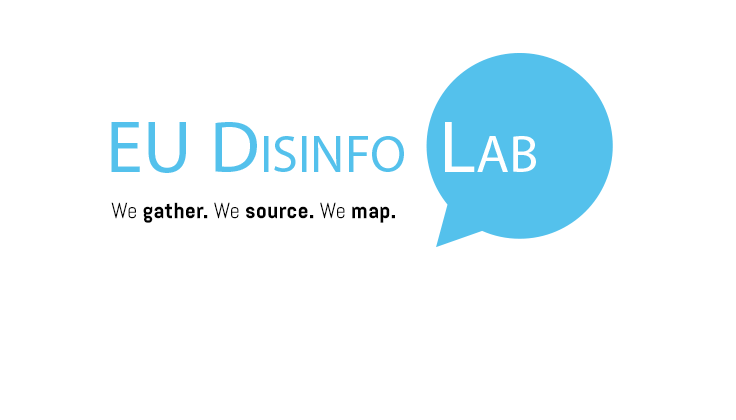A contextualization of current narrative trends and evolutions in Dutch-language disinformation communities
By Maria Giovanna Sessa, Senior Researcher at EU DisinfoLab
On May 3, the VUB and EU DisinfoLab have joined forces under the EDMO Belux project to publish an investigation, “From Infodemic to Information War”, about the evolution and convergence of disinformative narratives around the Covid-19 pandemic and the war in Ukraine.
The first part of the investigation is a qualitative analysis that maps general parallels between narratives surrounding the war in Ukraine and the pandemic, using fact-checking articles respectively from #UkraineFacts and the CoronaVirusFacts Alliance.
We identify seven narratives, for which the investigation provides numerous examples from around the world. These narratives are summarised hereafter.
| Narratives | Infodemic | Information War |
| 1. Things are escalating | Fabricated updates on new Covid-19 cases and victims of the vaccines. | Decontextualised visuals of war scenes and fabricated updates on the invasion. |
| 2. Calling out crimes against humanity | False claims that the Covid-19 and vaccination campaigns are a planned genocide. | False claims that Ukrainians are conducting a genocide in Donbas. |
| 3. Reductio ad Hitlerum | Misleading comparisons between anti-vaxxers and Jewish communities discriminated during the Nazi era. | Manipulated and decontextualised visuals to accuse Ukrainians of being Nazis. |
| 4. Conspiracy theories on secret lab activities | Unproven claims that Covid-19 was fabricated in a Wuhan lab. | Unproven claims of US-funded biolabs in Ukraine. |
| 5. The era of denialism | Decontexualised visuals used to deny the existence of the pandemic and pandemic victims. | Decontexualised visuals used to deny the existence of the war and war victims. |
| 6. Emotional stories for likes and clickbait | Decontexualised visuals of alleged victims of Covid-19 or pandemic mismanagement. | Decontexualised visuals of alleged war victims. |
| 7. The negative othering of migrants and refugees | False reports of migrants spreading Covid-19 and disrespecting containment measures; claims of discrimination against Asian communities. | False reports of crimes committed by Ukrainian refugees; claims of discrimination against Russian-speaking communities. |
The second part of the investigation looks into how these global trends were translated in Belgium, through the quantitative analysis of 225 Dutch-speaking Telegram public channels, for which texts and images have been scraped from the beginning of the pandemic until now. Messages were grouped per weekly timestamp, and recurrent keywords extracted using the so-called ‘keyness’ score, a method based on the Log Ratio statistic. Findings confirm that these far-right and conspiracy communities that gathered around Covid-19 disinformation are now promoting pro-Russian disinformation.
Together with the report, an online demonstrator of the ‘keyness’ scores for words in the Telegram dataset was released. Users can graphically plot relevant words to understand their distribution over time, like in the example below showing the diffusion of the words ‘coronavirus’ and ‘bioweapons’, as well as the strategic appearance of terms related to biolabs.
The full investigation on how narrative evolutions online can be highly idiosyncratic around international crises is available here.


